Canadian Foreign Minister Chrystia Freeland, Mexican Economy Minister Ildefonso Guajardo and US Trade Representative Robert Lighthizer are still carrying on with NAFTA renegotiation in Washington.
Freeland hailed yesterday that “there is a very strong, very committed, good-faith effort for all three parties to work 24/7 on this and to try and reach an agreement.” And, some “good” and “constructive” progress was made. They are working on “a set of “proposals based on the creative ideas the U.S. came up with in March”.
But there are still some major differences. For example, Canada is firm on it’s stance that object the including of a “sunset clause” what would allow one of the three members to quit after five years. Freeland said that the withdrawal mechanism is “absolutely unnecessary”.
Also Freeland reiterated Canada’s opposition to US steel and aluminum tariffs, which is currently exempted until May 1. She said “Canada’s position has been clear from the outset and that is that Canada expects to have a full and permanent exemption from any quotas or tariffs.”
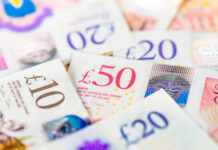



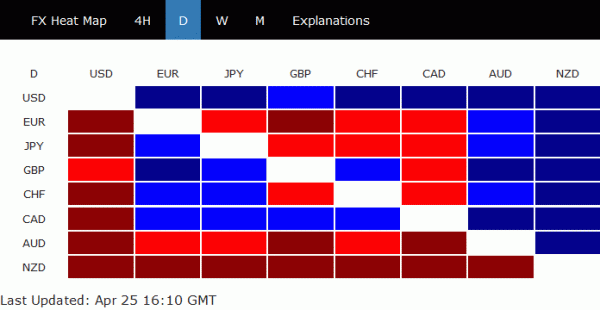
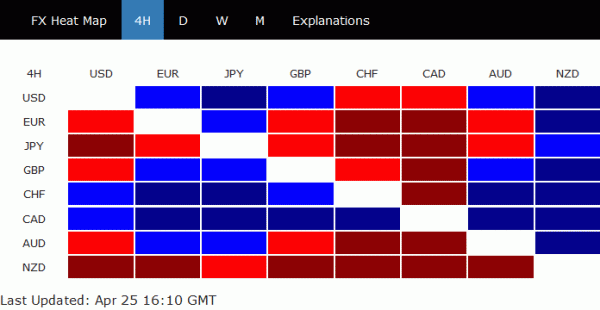
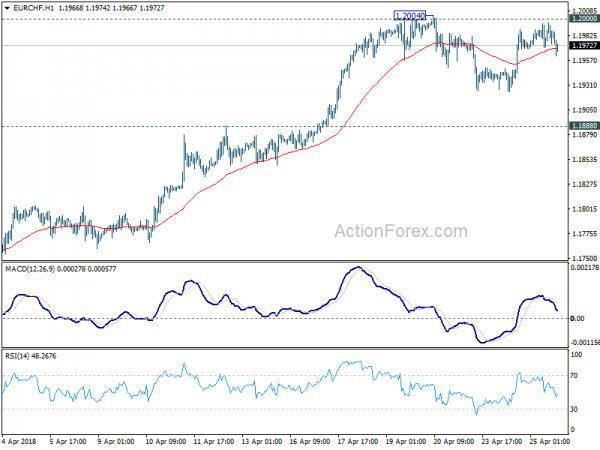
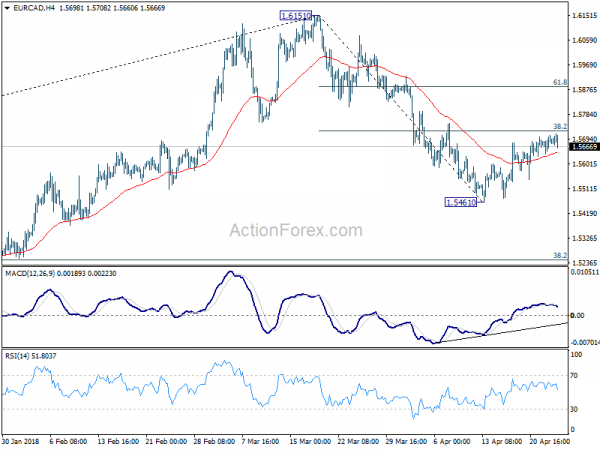
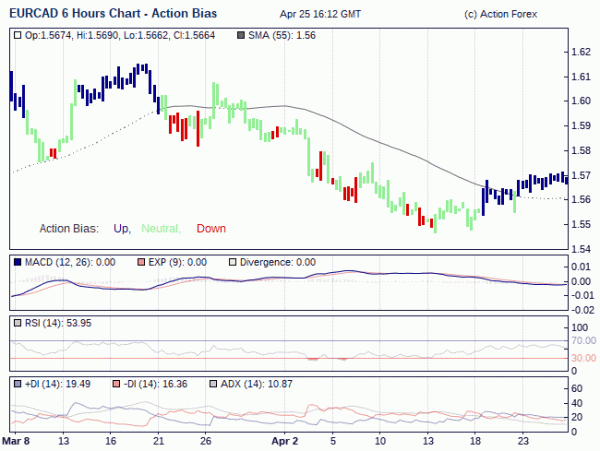
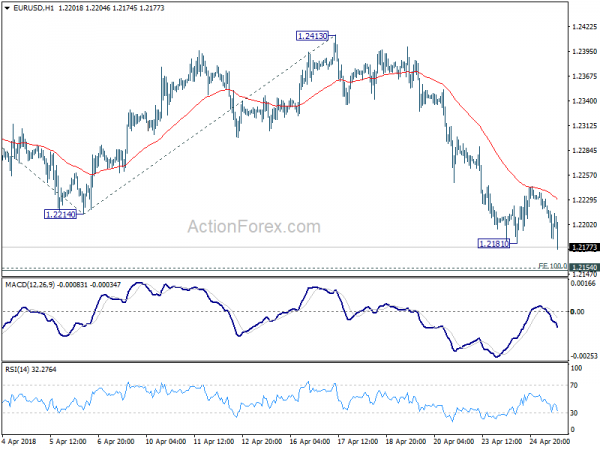
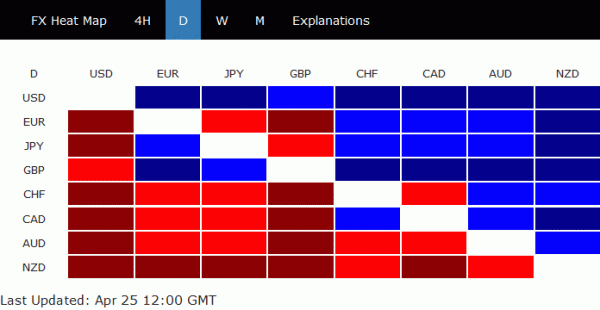
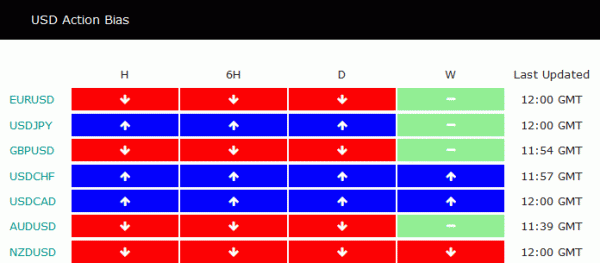
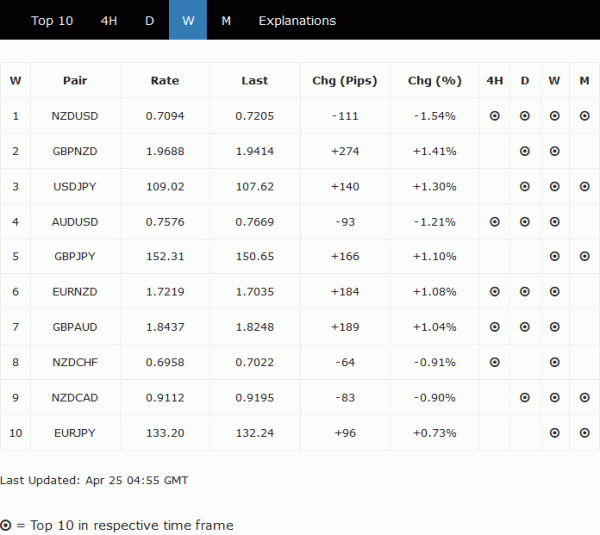
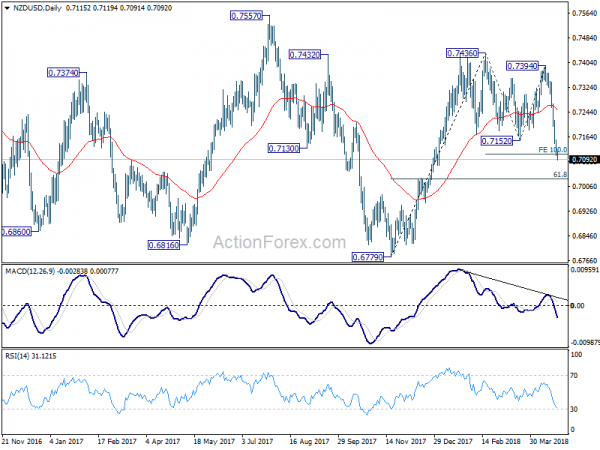

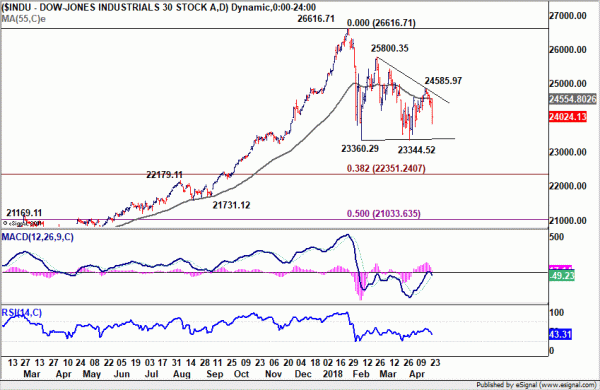
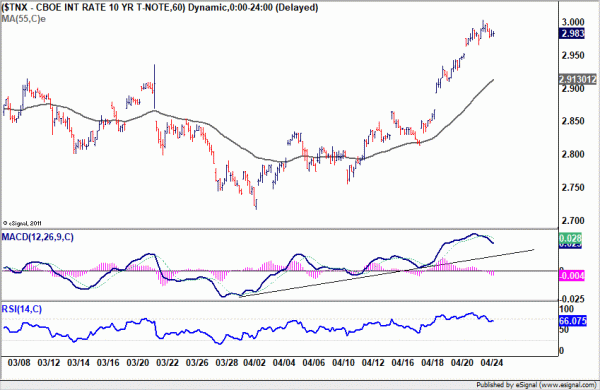
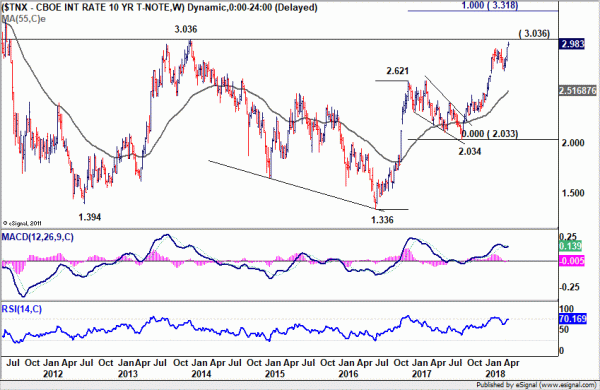
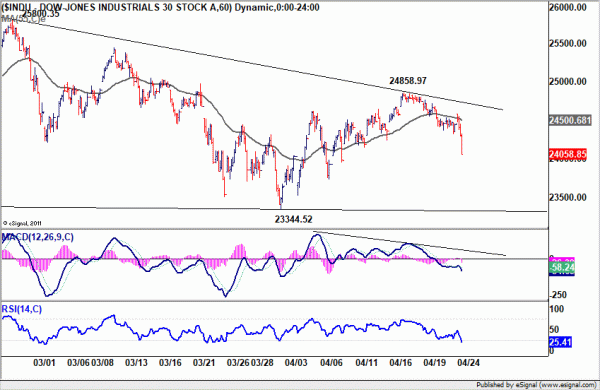
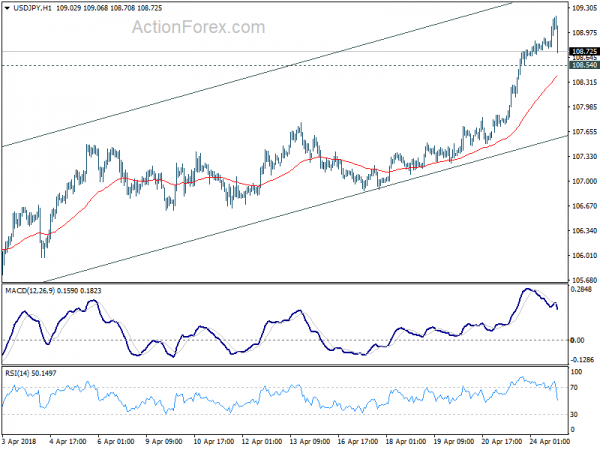
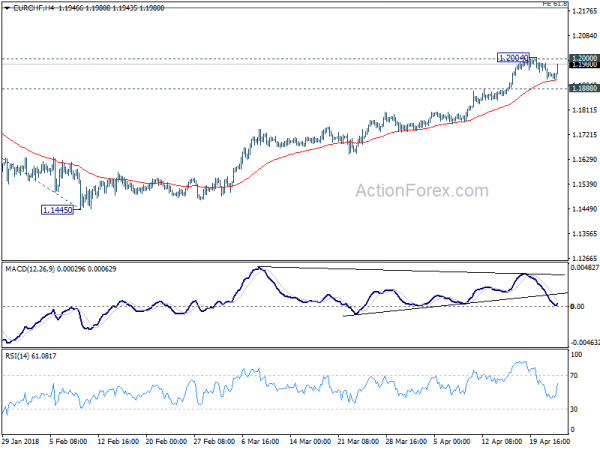
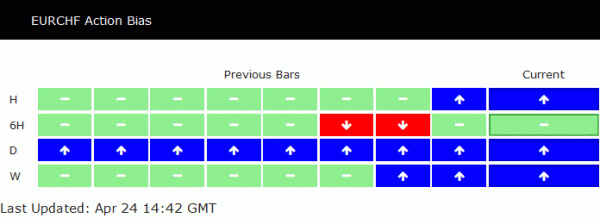
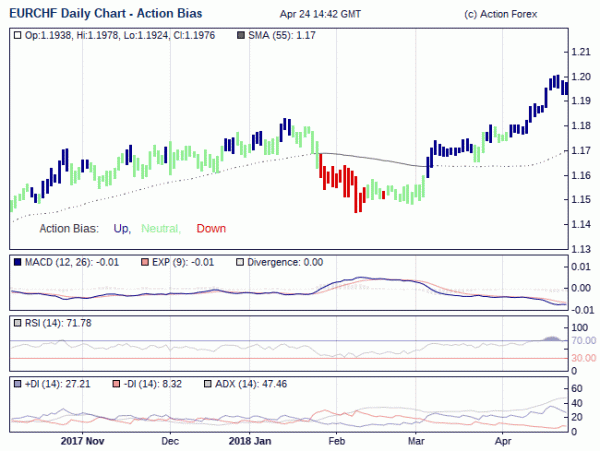
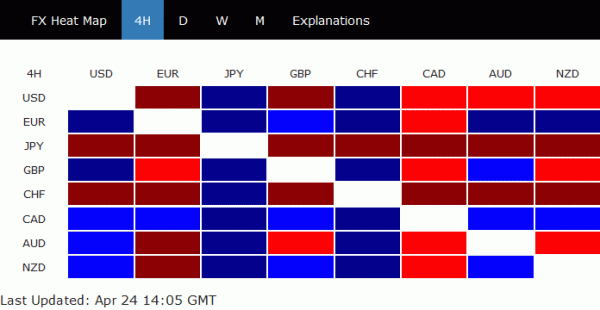
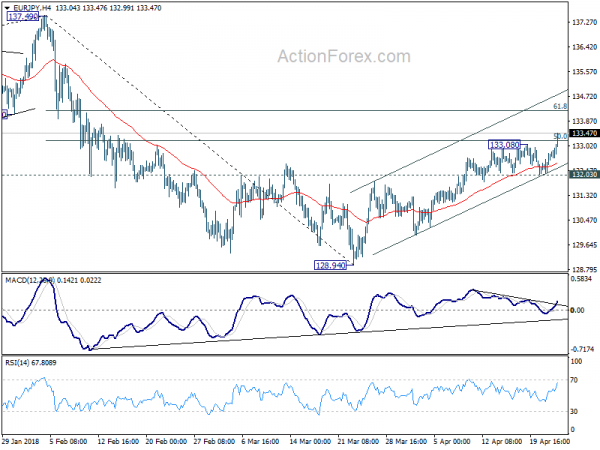
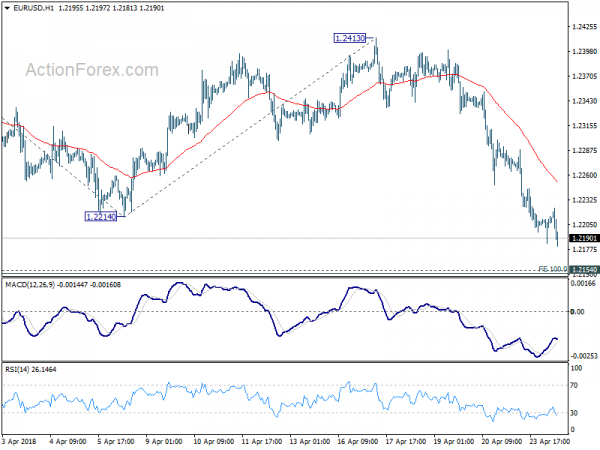
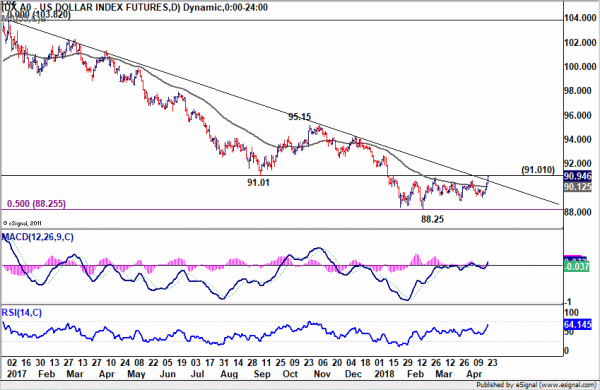
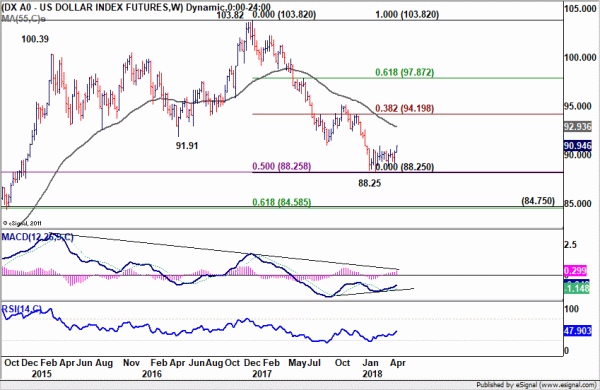
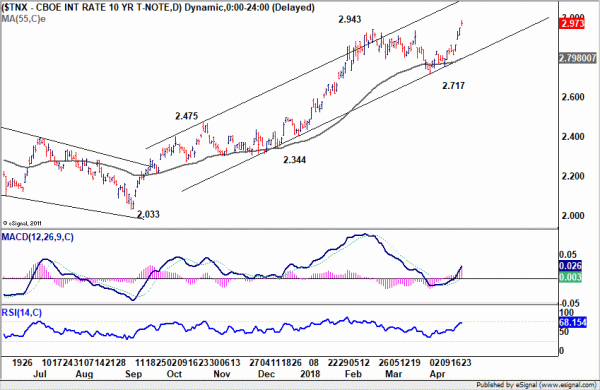
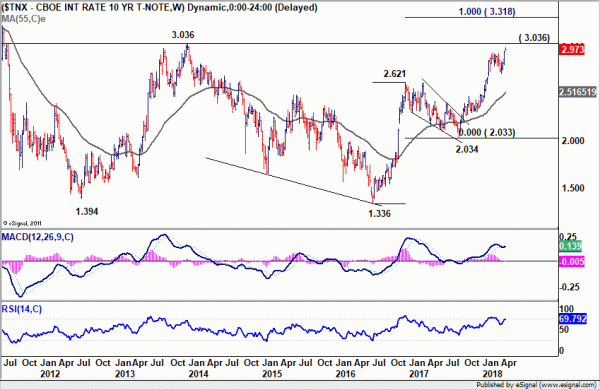
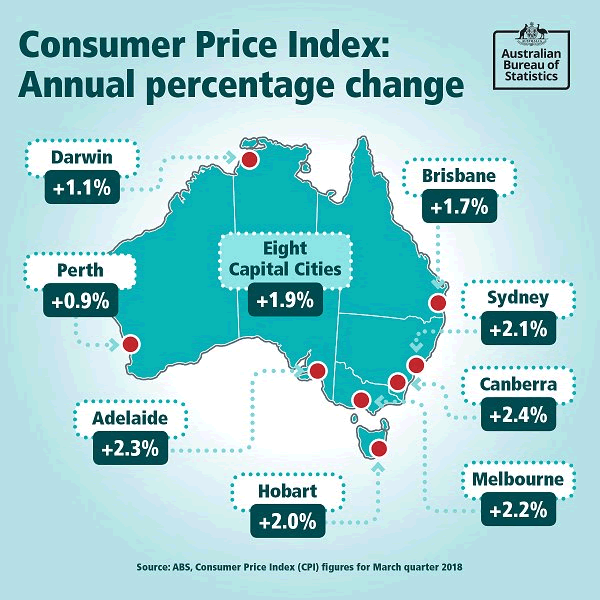
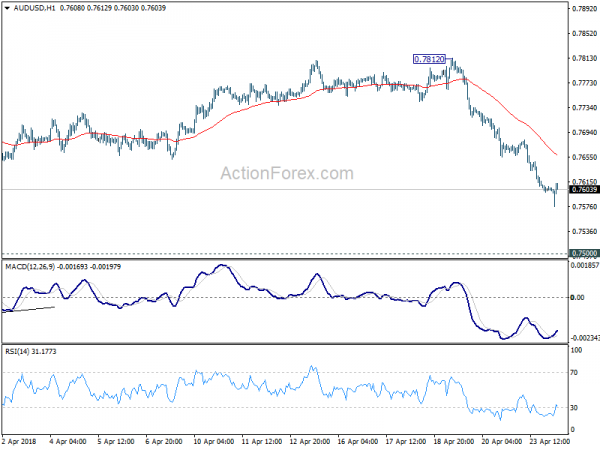

Moody’s affirms US Aaa rating, stable outlook. Economic strength couter balance lower fiscal strength
Moody’s Investor Service affirmed US Aaa rating. Outlook was also maintained as stable. Moody’s noted that “exceptional economic strength” of the US, very high strength of its institution, very low exposure to credit related-shocks. And that “counter balance” the lower fiscal strength.
The rating agency also noted that “diversity, dynamism, and competitiveness” of the US economy, Dollar’s status as the “pre-eminent international reserve currency” and the “very large size and depth” of the treasury market. These advantages will “offset rising fiscal pressures” from “ageing-related entitlement spending, higher debt service payments”, and recent policy actions that will likely lower revenues and increase expenditures.
Full release here
For now, Moody’s expected US and China to reach a trade deal eventually. However, Moody’s Senior Credit Officer William Foster said that “if things ultimately progress in a way that is outside of the base case, that would be negative for both countries and for the global market place, but our expectation is this will be negotiated back from the headlines you’re reading.”